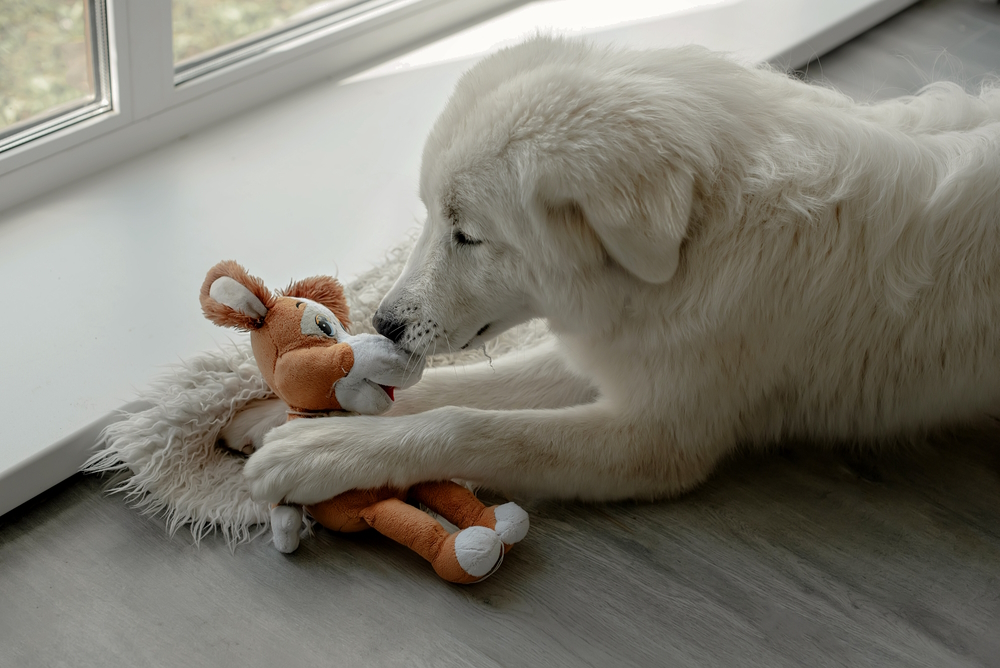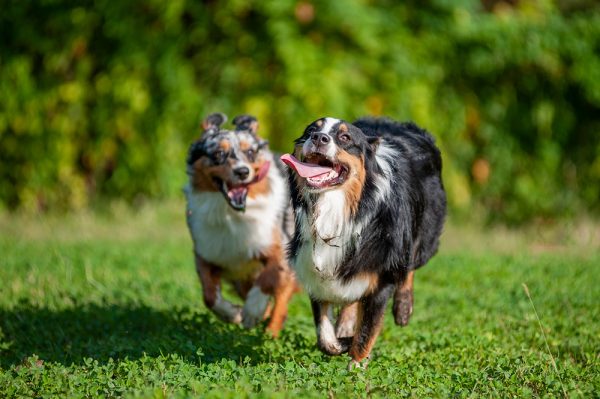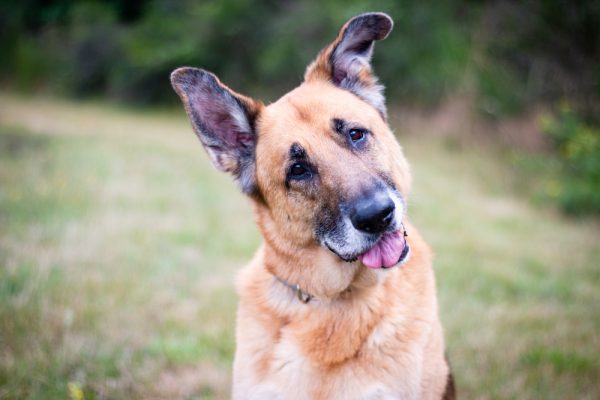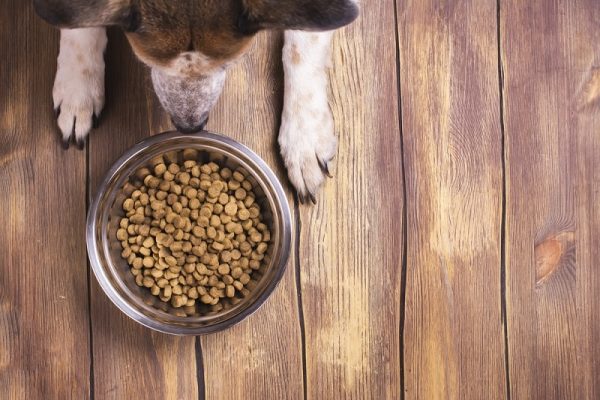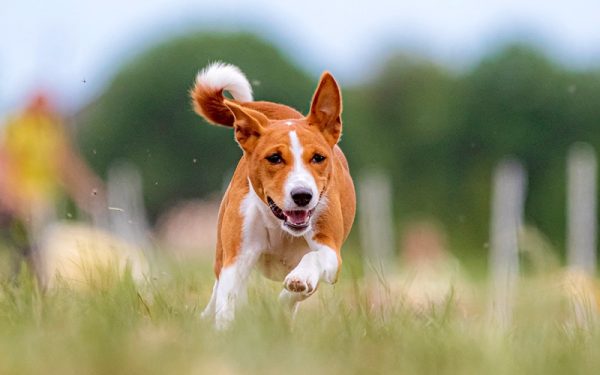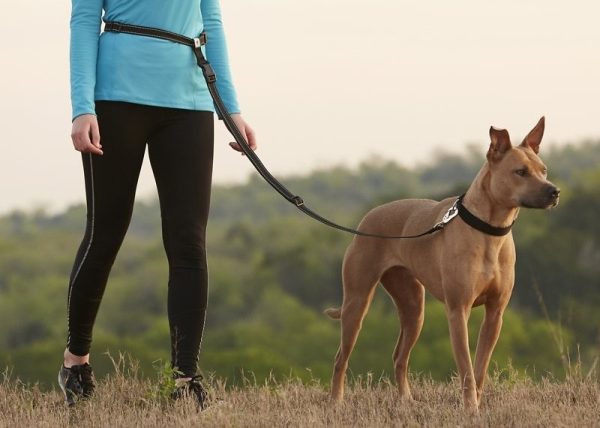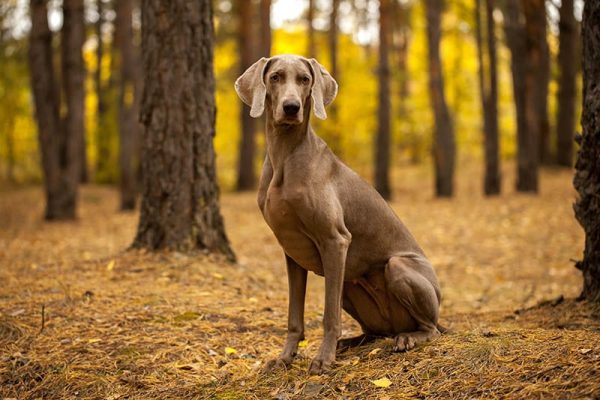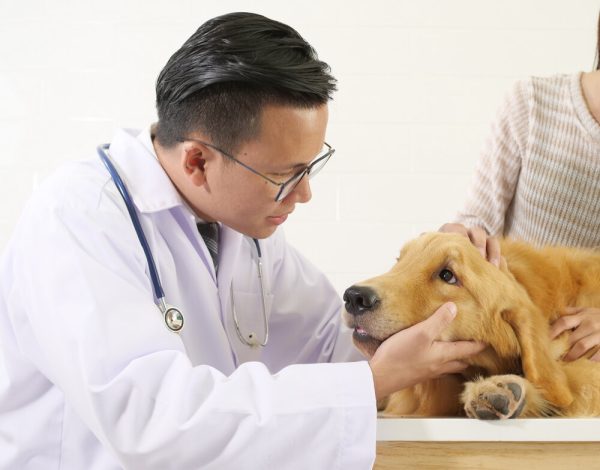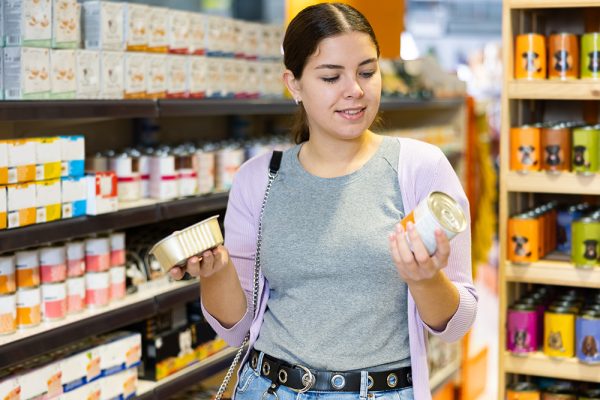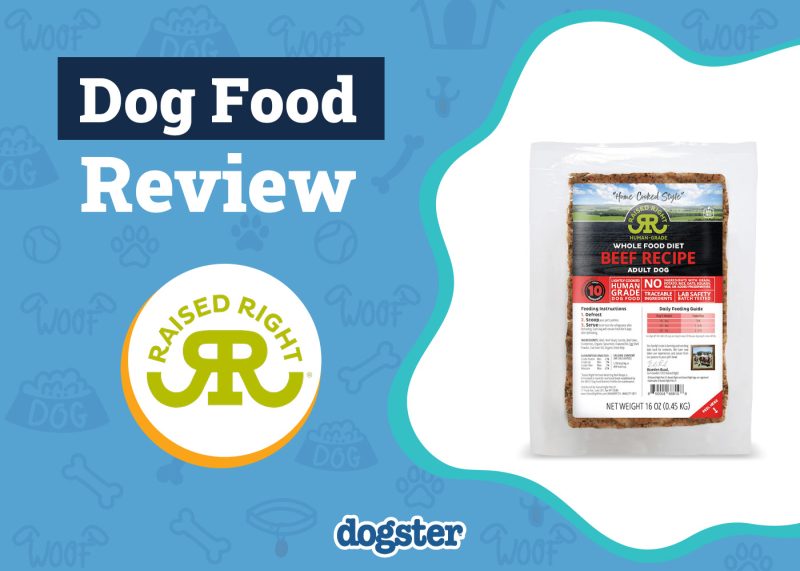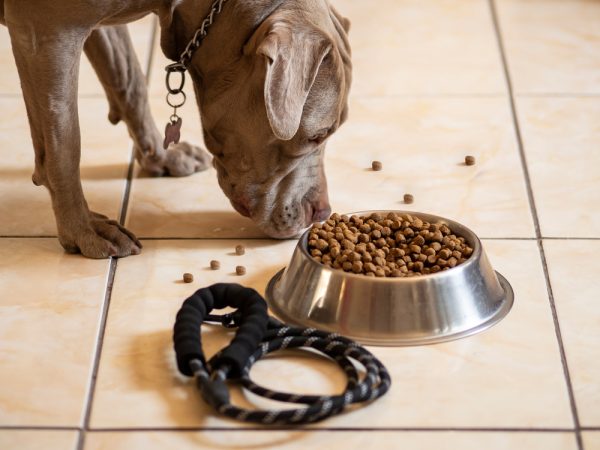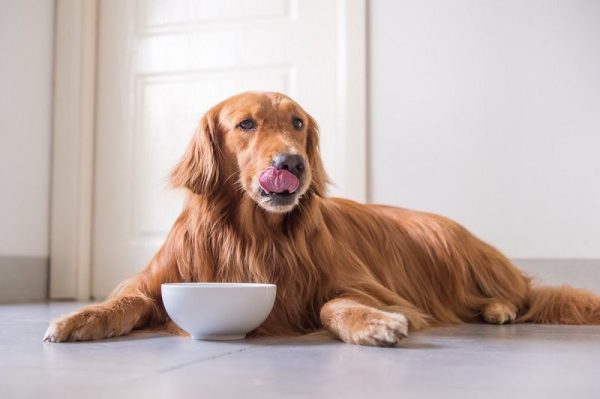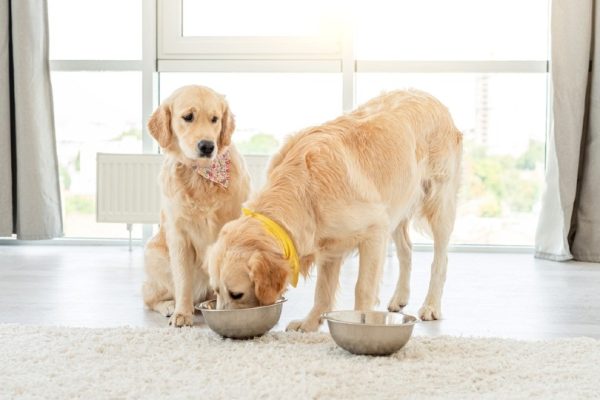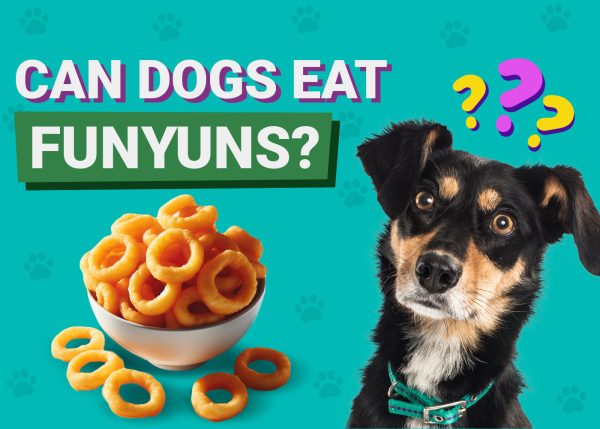A dog’s life is filled with simple pleasures—a tasty treat, a walk to their favorite park, a snuggle session with you, and, of course, that one toy. Ask any dog owner what their pet’s favorite toy is, and they’ll likely present you with a well-loved, slightly beat-up toy that they’ve been attached to since day one. But what is it about that particular toy that has your dog obsessed? Does it have a specific scent your dog loves? Does the texture feel nice in their mouths? Is it the color or shape?
As it turns out, there really isn’t just a single answer to this question. Read on to learn more.

Do Dogs Have a Favorite Toy?
While this isn’t true for every dog, many pups absolutely have a toy they favor more than the others in their toy box. There are several reasons why your dog may prefer one toy over others.
1. Their Toy Provides Comfort
Dogs can have favorite toys for the same reason that human children get attached to particular stuffed animals: they provide comfort. Your dog’s favorite toy may be snuggly and plush, providing them with a sense of security and comfort in times of stress. For many dogs just holding something in their mouth is comforting, and they will seek out their favorite toy to carry around whether they are nervous or excited.
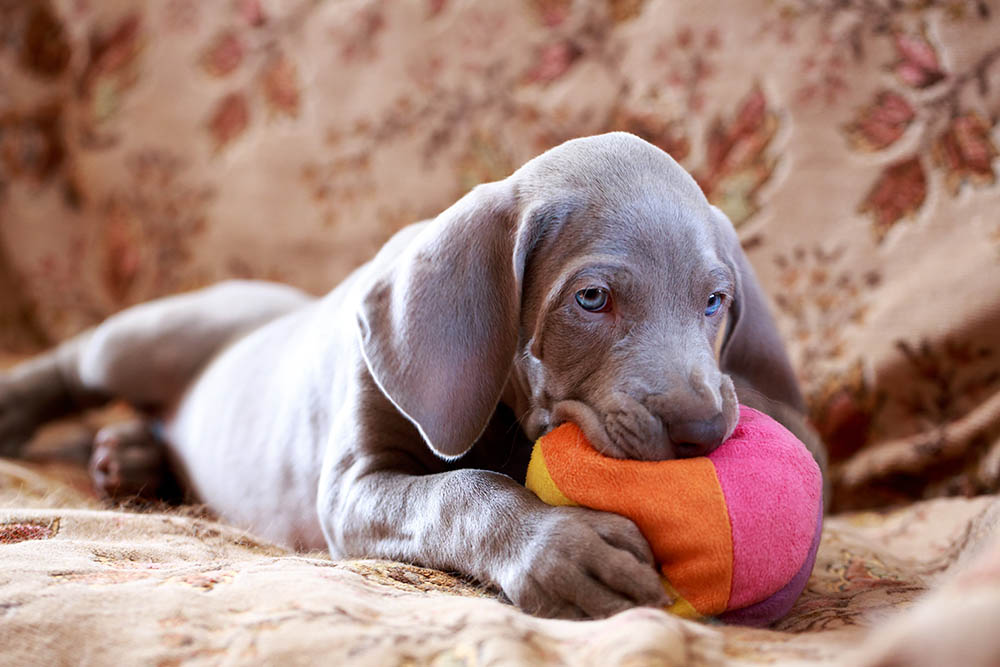
2. Their Toy Satisfies a Natural Instinct
Toys can sometimes satisfy an instinct in dogs. For example, Retrievers have a deep-seated desire to retrieve, so they may become attached to toys that allow them to fulfill that instinct, such as their balls or a frisbee. Hunting dogs often enjoy squeaky toys because their noises sound like prey when they’re chewing on them. Female dogs sometimes maintain maternal instincts and become attached to plush toys that remind them of their puppies. Unspayed female dogs can also have a false pregnancy, this causes a dog to feel and act pregnant when she isn’t. This can result in female dogs babying their toys, trying to nest, and, in some cases, even producing milk.
3. Their Toy Makes Them Feel Good
Dogs will sometimes carry their toys around simply because the texture feels good in their mouths. This is most often seen in teething dogs, but this isn’t always the case.
Dogs can derive more than just a physically pleasant feeling from their favorite toys. Some toys may have significant, positive memories and associations attached to them. For example, your dog may have a memory of receiving a lot of praise or yummy rewards when they first started playing with this toy. This special moment can have a big impact on them and last forever. Their favorite toy may be the one that you use to play with them most often.
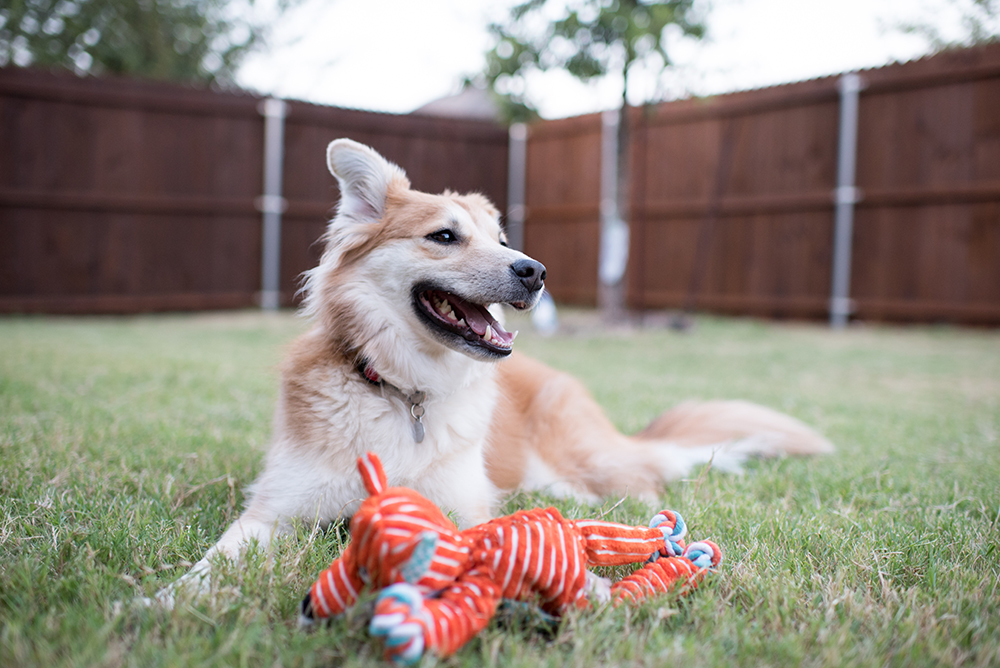

What Should I Do if My Dog Is Obsessed With Their Toys?
Dogs can develop obsessive behavior over their favorite toy, resulting in a powerful emotional pull that causes anxiety and distress if the toy is removed. Dogs that are extremely attached to their toys may also become overprotective over them, which may lead to issues with aggression.
Possessive aggression is a type of aggression directed toward humans or other animals that approaches dogs when they’re in possession of something they view as highly valuable—in this case, their toy. If this is the case with your pup, it’s important to address such behavior as soon as possible.
Let’s take a closer look at what you can do if your dog is obsessed with their favorite toy.
- Safety first. You must prevent any possibility of injury when addressing your dog’s possessive behavior. Do not enter their personal space to obtain their toy, and never try to force them to give up their toy.
- Offer rewards. Try to convince them to let go of it by showing them an enticing reward they’ll receive if they give up their toy. Once they’ve willingly given you their toy, we recommend returning it to them to show them that they won’t need to guard their toy and that you’re a safe person who can be trusted with their beloved belonging.
- Offer an alternative toy. You can also try giving them an alternative toy to occupy their attention. Training your dog to know phrases like “leave it” and “drop it” is another great technique for breaking possessive behaviors.
- Desensitize and counter-condition. Your dog is holding onto their toy out of fear of losing it, so your goal is to associate letting go of their toy with something positive to change their emotional response. Try throwing pieces of your pup’s favorite food (e.g., cheese or sausage) toward them, one right after the other. Once they drop their toy and show interest in the food, throw more pieces further away from the toy. When they move to grab the food, retrieve the toy.
If you’re not confident in your ability to tackle this problem, you should enlist the help of a canine behaviorist or trainer. Your veterinarian can also help identify the root of your pup’s aggression and suggest a treatment plan.
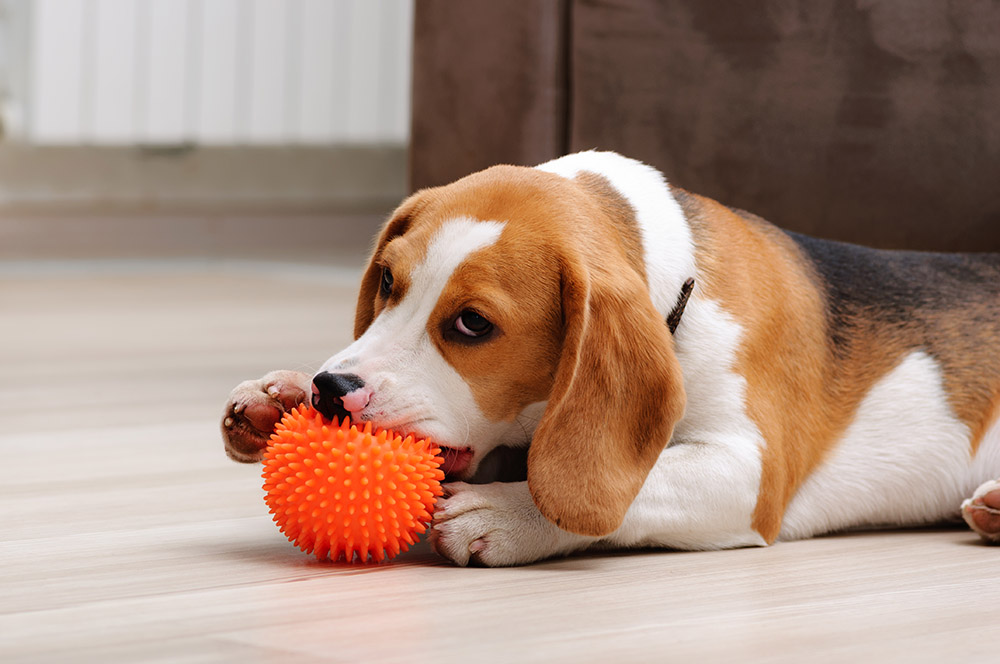

Final Thoughts
Dogs sometimes have a favorite toy they prefer more than all the others in their toy box. This can be because their toy provides them comfort, allows them to satisfy their instincts, or makes them feel good physically or emotionally. Having a favorite toy is innocent enough, but some dogs can become possessive over their toys. If this is the case with your pet, you’ll need to address their possessive behavior sooner rather than later, as some pups will become aggressive any time they perceive their toy is threatened. Contact your veterinarian or canine behaviorist to create a treatment plan to deal with this problem before it gets out of hand.
See also:
- Can Dogs Get Addicted to Bully Sticks? Vet-Verified Feeding Facts
- Why Do Dogs Like Tennis Balls So Much? 5 Interesting Reasons & FAQ
Featured Image Credit: OksanaArtyuhova, Shutterstock
